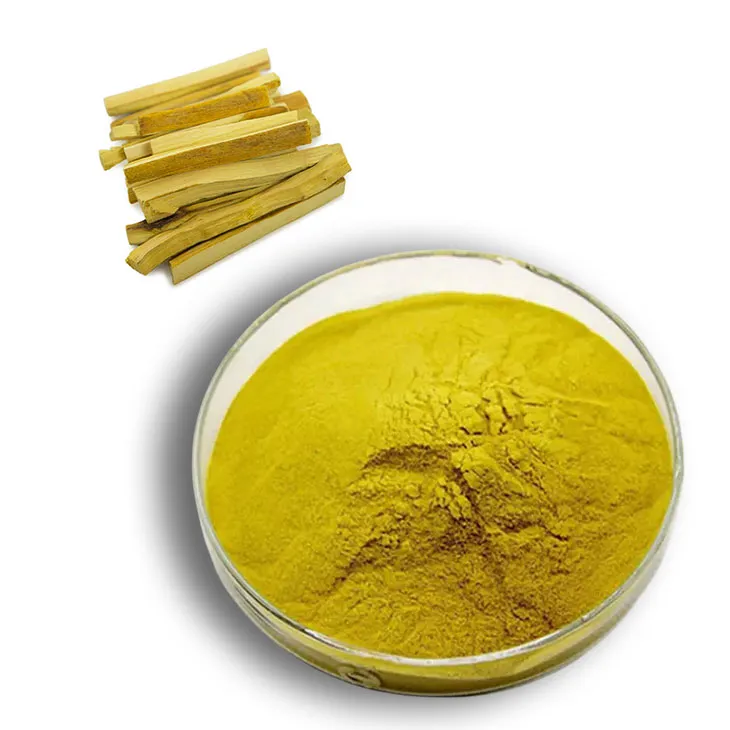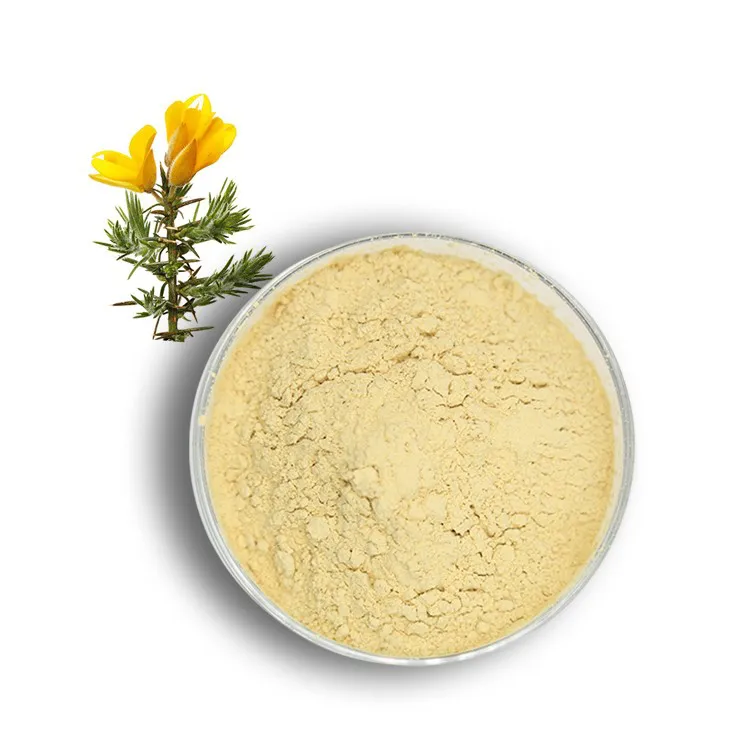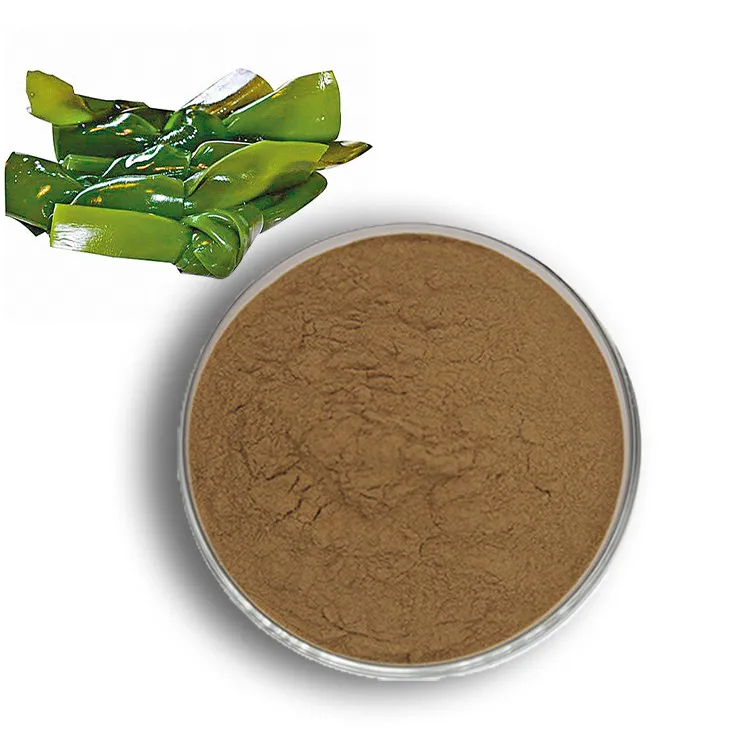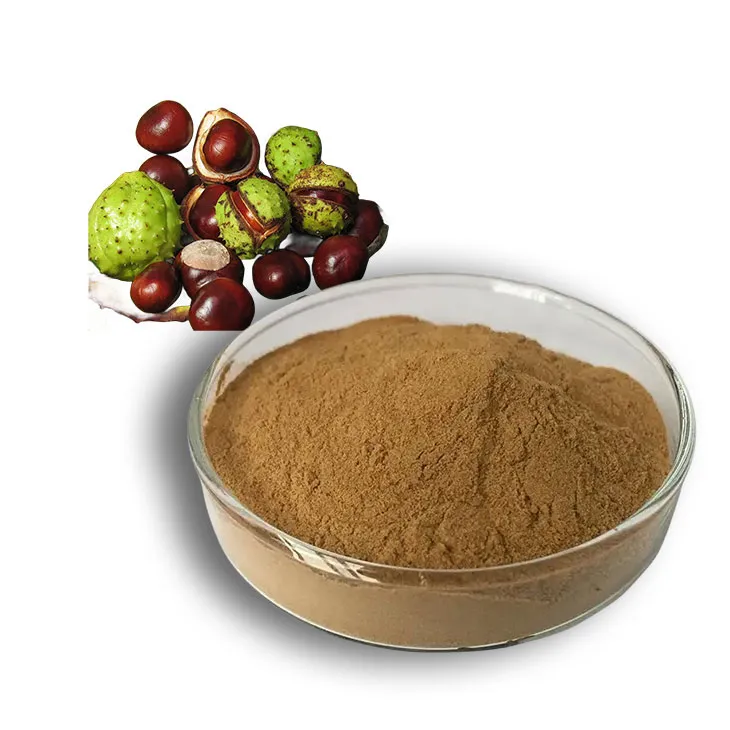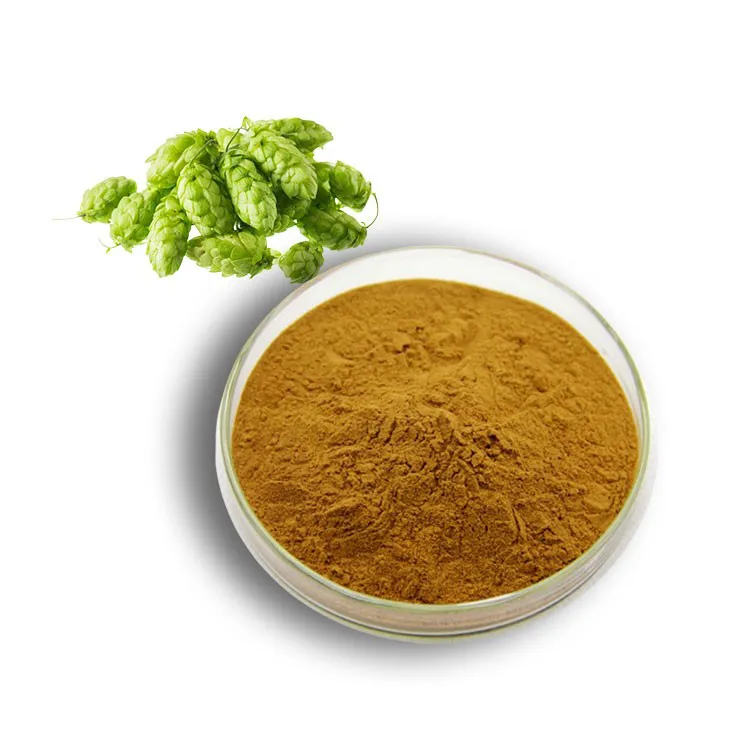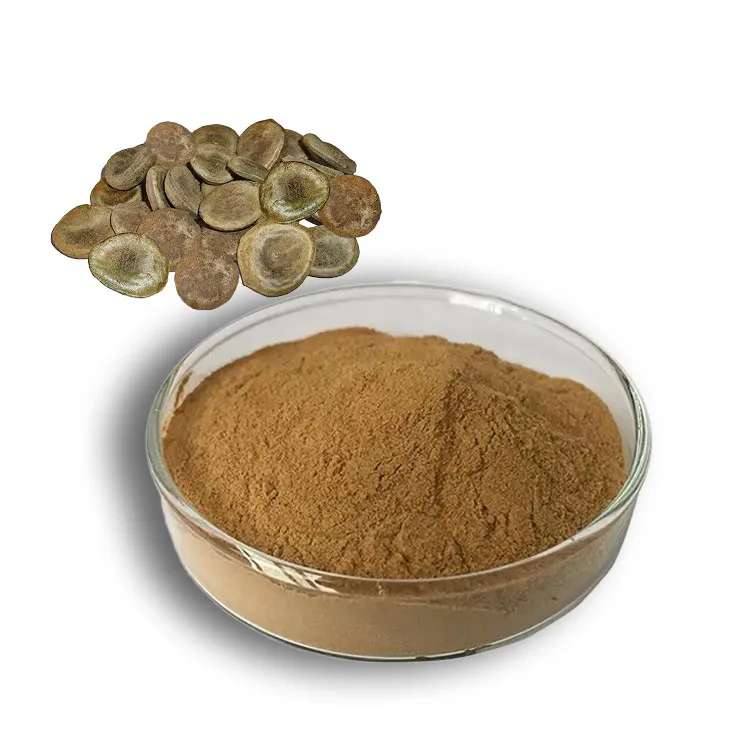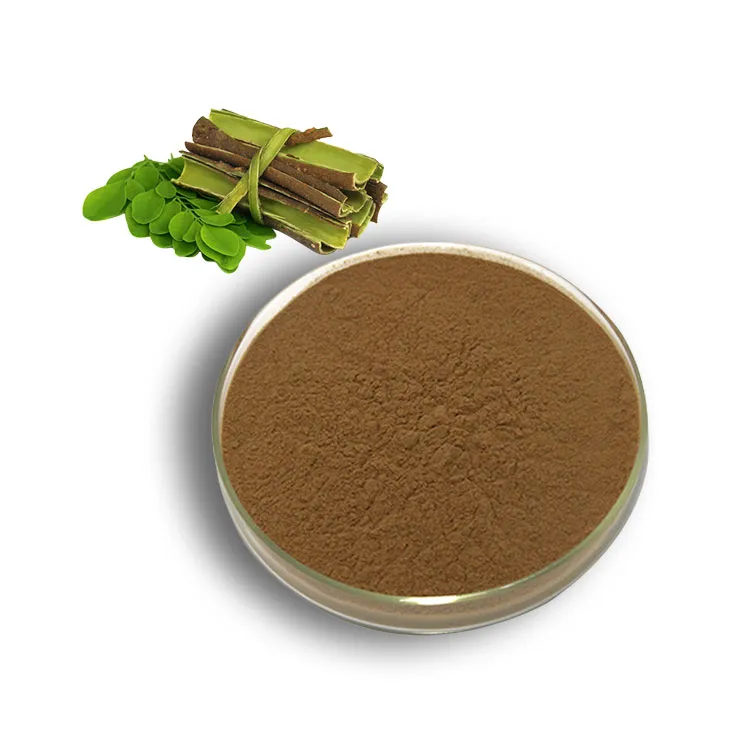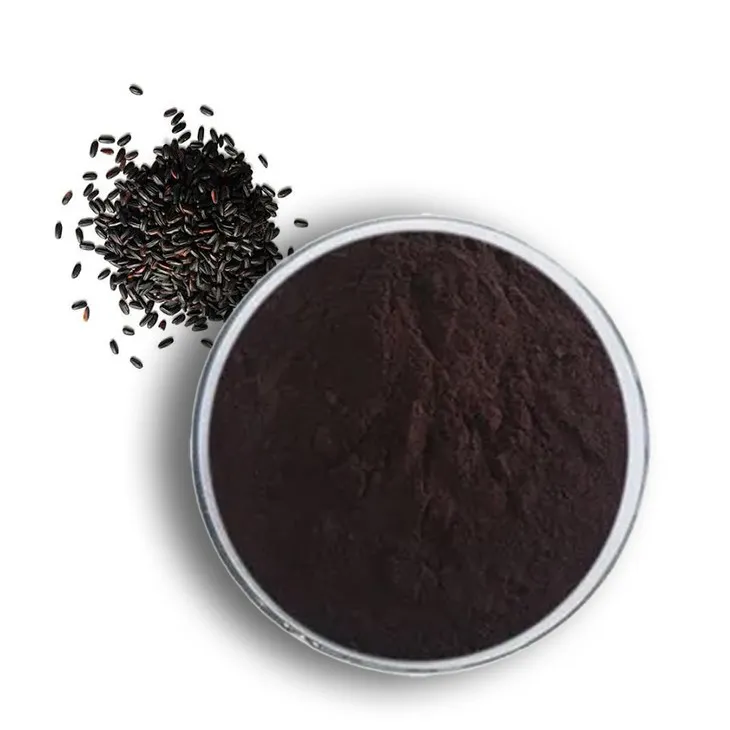- 0086-571-85302990
- sales@greenskybio.com
What cream is used for PDT?
2025-07-09
Photodynamic therapy (PDT) is a medical treatment used to address certain skin conditions, including actinic keratosis, acne, and some types of skin cancer. It involves applying a photosensitizing agent, followed by exposure to specific light wavelengths that activate the agent, resulting in cell death or other therapeutic effects. One key component of PDT is the cream or gel used as the photosensitizing agent. Understanding these agents and their applications is crucial for professionals and patients considering PDT.
Understanding Photodynamic Therapy (PDT)
Photodynamic therapy is a minimally invasive procedure that uses light-activated compounds for medical treatments, particularly in dermatology. It targets abnormal cells while sparing healthy tissue and typically involves three steps: applying a photosensitizing agent, allowing it to accumulate in diseased cells, and exposing the area to light to activate the compound.
Photosensitizing Agents Used in PDT Creams
Several photosensitizing agents are used in PDT, depending on the treatment condition:
1. Aminolevulinic acid (ALA)
Aminolevulinic acid, marketed under names like Levulan Kerastick, is a common agent in PDT, especially for actinic keratosis. This precancerous condition is caused by sun exposure and results in rough patches on the skin. ALA is applied as a topical solution or cream and absorbed by atypical cells. When activated by light, usually blue or red light, ALA causes the cells to produce a toxic form of oxygen that leads to cell death.
2. Methyl Aminolevulinate (MAL)
Methyl aminolevulinate, available under the brand name Metvix, is used in PDT for superficial basal cell carcinoma, actinic keratosis, and other skin lesions. MAL is similar to ALA but is formulated as a cream for easy application. When exposed to a red light source, MAL-treated cells produce reactive oxygen species, leading to targeted destruction of abnormal cells.
3. Porfimer Sodium
Porfimer sodium, known commercially as Photofrin, is used for PDT in non-dermatological applications, such as certain esophageal and lung cancers. Although not a cream, it shows the versatility of PDT agents in using light for therapeutic purposes.
Application and Activation
Applying the photosensitizing cream is a careful process overseen by medical professionals. The affected area is cleansed and prepared before applying the agent, with an incubation period allowing the cream to penetrate and concentrate in target cells. After sufficient time, typically a few hours, the area is exposed to specific light wavelengths using devices that maximize the therapeutic effect of the activated agent.
Depending on the light source used, sessions can vary. For actinic keratosis with ALA, blue light therapy often lasts about 16 minutes, while red light exposure with MAL might be extended based on necessary absorption for desired outcomes.
Benefits and Considerations of PDT Creams
PDT offers advantages including precision in targeting abnormal cells while preserving healthy tissue, minimizing systemic side effects common with oral medications. PDT can be repeated safely, offering ongoing management for chronic conditions.
However, there are considerations for patients and practitioners. Photosensitizing agent strength, light wavelength, exposure time, and treatment area can impact effectiveness. Skin reactions like redness, swelling, or discomfort are common side effects post-treatment but are typically temporary. Patients need to avoid sunlight and bright indoor lighting for 48 hours after treatment to prevent unwanted activation of the agent.
Emerging Developments in PDT
Research continues to optimize PDT practices, enhance agents, and increase efficacy. Advances may include new formulations for deeper penetration, better targeting, individualized light protocols for varied conditions, or improved patient comfort.
Innovations in PDT are also exploring combination therapies using PDT alongside other treatments, like laser therapy or topical chemotherapy agents, to enhance results and offer comprehensive care strategies.
Conclusion
Photodynamic therapy represents a significant advancement in dermatological treatment, with creams like ALA and MAL playing pivotal roles. Their ability to target specific cells through light activation makes PDT a compelling option for conditions like actinic keratosis and certain skin cancers. As technology advances, PDT continues to evolve, offering expanded options for effective treatment.
For patients and healthcare providers, understanding the properties and applications of these creams is vital to achieving optimal outcomes. Careful consideration of patient needs and treatment protocols ensures that PDT remains a safe, effective, and increasingly refined option in modern dermatologic care.
- ▶ Hesperidin
- ▶ Citrus Bioflavonoids
- ▶ Plant Extract
- ▶ lycopene
- ▶ Diosmin
- ▶ Grape seed extract
- ▶ Sea buckthorn Juice Powder
- ▶ Fruit Juice Powder
- ▶ Hops Extract
- ▶ Artichoke Extract
- ▶ Mushroom extract
- ▶ Astaxanthin
- ▶ Green Tea Extract
- ▶ Curcumin
- ▶ Horse Chestnut Extract
- ▶ Other Product
- ▶ Boswellia Serrata Extract
- ▶ Resveratrol
- ▶ Marigold Extract
- ▶ Grape Leaf Extract
- ▶ New Product
- ▶ Aminolevulinic acid
- ▶ Cranberry Extract
- ▶ Red Yeast Rice
- ▶ Red Wine Extract
-
Berberis aristata Extract
2025-07-09
-
Genistein
2025-07-09
-
Kelp Extract Powder
2025-07-09
-
Horse Chestnut Extract
2025-07-09
-
Hops Extract
2025-07-09
-
Kupilu Extract
2025-07-09
-
Red Wine Extract
2025-07-09
-
White Willow Bark Extract
2025-07-09
-
Black Rice Extract
2025-07-09
-
Cranberry Extract
2025-07-09











